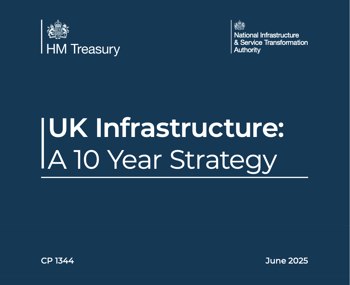Climate sensitivity
Climate Change 2021 – The Physical Science Basis, Annex VII: Glossary, written by the Intergovernmental Panel on Climate Change (IPCC) and published by Cambridge University Press in 2023, defines climate sensitivity as:
The change in the surface temperature in response to a change in the atmospheric carbon dioxide (CO2) concentration or other radiative forcing. See also Climate feedback parameter.
The equilibrium surface temperature response of the coupled atmosphere–ocean–cryosphere–vegetation–carbon cycle system to a doubling of the atmospheric carbon dioxide (CO2) concentration is referred to as Earth system sensitivity. Because it allows ice sheets to adjust to the external perturbation, it may differ substantially from the equilibrium climate sensitivity derived from coupled atmosphere– ocean models.
Effective equilibrium climate sensitivity
An estimate of the surface temperature response to a doubling of the atmospheric carbon dioxide (CO2) concentration that is evaluated from model output or observations for evolving non-equilibrium conditions. It is a measure of the strengths of the climate feedbacks at a particular time and may vary with forcing history and climate state, and therefore may differ from equilibrium climate sensitivity.
Equilibrium climate sensitivity (ECS)
The equilibrium (steady state) change in the surface temperature following a doubling of the atmospheric carbon dioxide (CO2) concentration from pre-industrial conditions.
Transient climate response (TCR)
The surface temperature response for the hypothetical scenario in which atmospheric carbon dioxide (CO2) increases at 1% yr–1 from pre-industrial to the time of a doubling of atmospheric CO2 concentration (year 70).
Transient climate response to cumulative CO2 emissions (TCRE)
The transient surface temperature change per unit cumulative carbon dioxide (CO2) emissions, usually 1000 GtC. TCRE combines both information on the airborne fraction of cumulative CO2 emissions (the fraction of the total CO2 emitted that remains in the atmosphere, which is determined by carbon cycle processes) and on the transient climate response (TCR).
[edit] Related articles on Designing Buildings
Featured articles and news
RTPI leader to become new CIOB Chief Executive Officer
Dr Victoria Hills MRTPI, FICE to take over after Caroline Gumble’s departure.
Social and affordable housing, a long term plan for delivery
The “Delivering a Decade of Renewal for Social and Affordable Housing” strategy sets out future path.
A change to adoptive architecture
Effects of global weather warming on architectural detailing, material choice and human interaction.
The proposed publicly owned and backed subsidiary of Homes England, to facilitate new homes.
How big is the problem and what can we do to mitigate the effects?
Overheating guidance and tools for building designers
A number of cool guides to help with the heat.
The UK's Modern Industrial Strategy: A 10 year plan
Previous consultation criticism, current key elements and general support with some persisting reservations.
Building Safety Regulator reforms
New roles, new staff and a new fast track service pave the way for a single construction regulator.
Architectural Technologist CPDs and Communications
CIAT CPD… and how you can do it!
Cooling centres and cool spaces
Managing extreme heat in cities by directing the public to places for heat stress relief and water sources.
Winter gardens: A brief history and warm variations
Extending the season with glass in different forms and terms.
Restoring Great Yarmouth's Winter Gardens
Transforming one of the least sustainable constructions imaginable.
Construction Skills Mission Board launch sector drive
Newly formed government and industry collaboration set strategy for recruiting an additional 100,000 construction workers a year.
New Architects Code comes into effect in September 2025
ARB Architects Code of Conduct and Practice available with ongoing consultation regarding guidance.
Welsh Skills Body (Medr) launches ambitious plan
The new skills body brings together funding and regulation of tertiary education and research for the devolved nation.
Paul Gandy FCIOB announced as next CIOB President
Former Tilbury Douglas CEO takes helm.
UK Infrastructure: A 10 Year Strategy. In brief with reactions
With the National Infrastructure and Service Transformation Authority (NISTA).






















